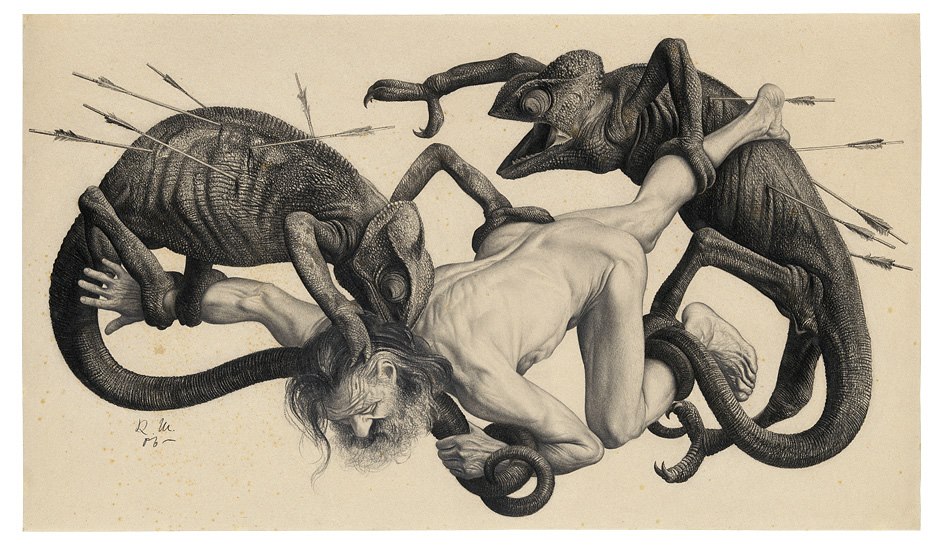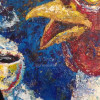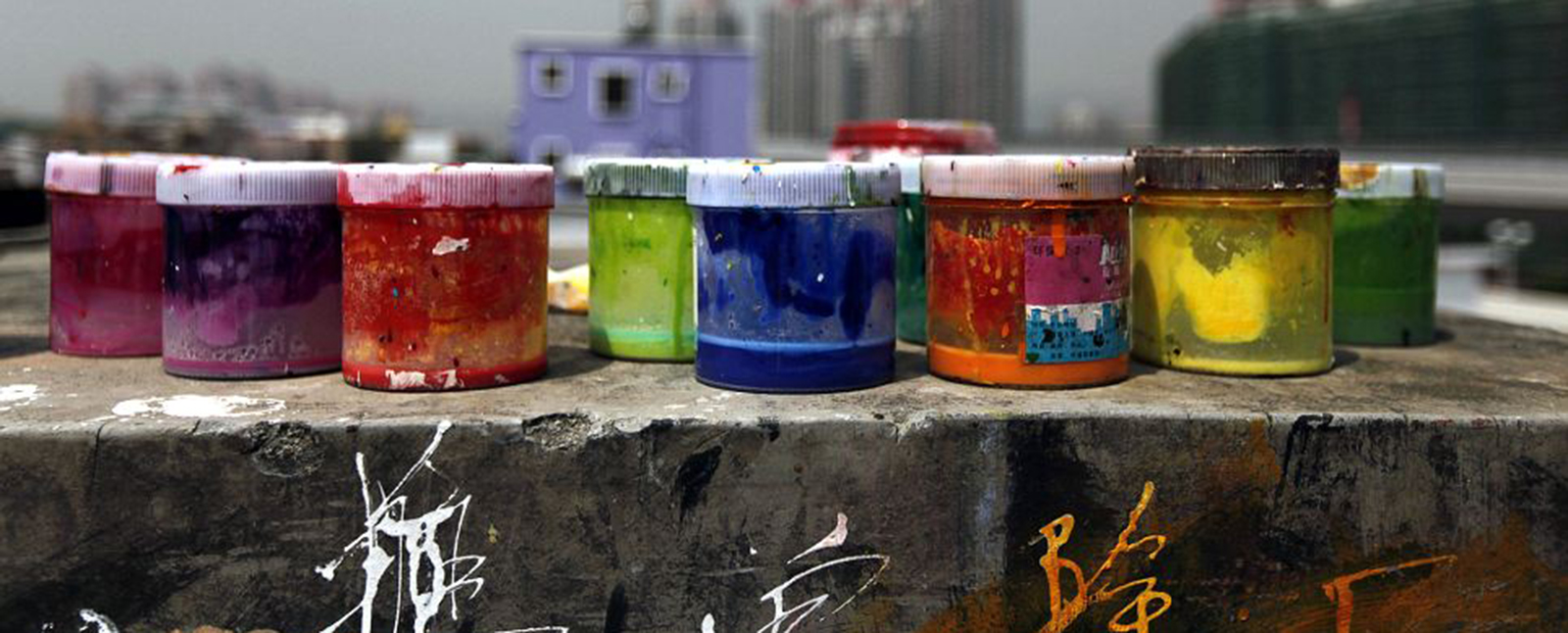
The development of cultures is a thing that makes them unique and individual. China has probably one of the longest histories in artistic cultures that has ever existed on the planet. Their visuals are easily recognised and identified as being oriental in flavour and a big support to their national identity. So, this really begs the question, if the country has so much cultural identity, then why do they need to steal ideas, and creativity from around the globe? It is a question that can be answered on many different levels, but the main concern is that of why is it that art gets a great deal of hardship in the modern world when the Chinese people spend so much time raping the internet for anything that can make money. After researching many articles on the subject several key aspects do emerge that can give light, if not solution, to the issue of creativity at the hands of a population of a potential 1 billion thieves.
Could there be an obvious time line added to this collapse of commercial morality that has seen counterfeit products reaching the $60 billion sales mark every year, and growing? Well, it is not surprise to everyone that China is behind a closed curtain in many respects due to it’s political system and overly controlling communist party line. But as many people who know the Marxist theory and see the rise in billionaires in China grow exponentially, the practice of communism is only really affective in theory. China being one of the few communist strongholds left in the world, it has found it hard to compete with the might of the capitalist machine. This also has taken a toll on the country when internet based capitalism came into affect around the world. People’s desires move to new markets and so cultures have to adapt. China knows this, even though trying to pretend in it’s extreme socialist doctrine. In December, 2001 China made steps to deal with their entry in to the global market by being accepted into the WTO (World Trade Organisation). As part of their inclusion, China had to sign and agree to the TRIPS (Agreement on Trade-Related Aspects of Intellectual Property Rights) agreement. TRIPS calls for all signatory countries to implement a minimum level of protection for patents, copyrights and trademarks. This was initially a counter agreement as it was thought that China would not sign the Berne Convention, which they did in 1992.
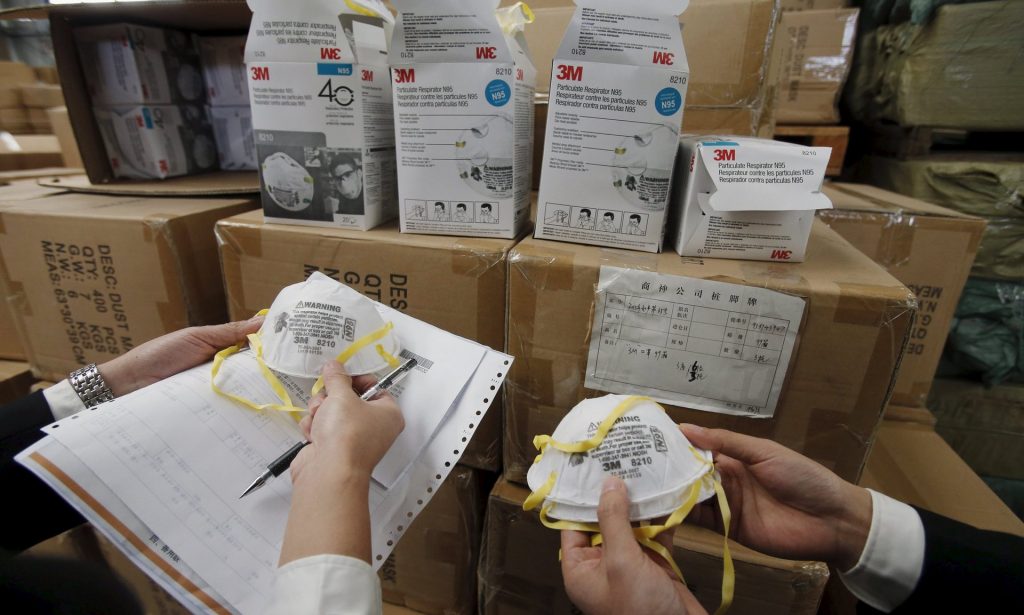
The policies involved in the TRIPS agreement made it that China (as with other countries) had to change their own internal policies to account for the necessary protection of copyright from foreign parties, in relationship to patents, intellectual property and copyright. They did in fact do this this, but failed in one vital aspect of that process. They did not provide the resources or training to its law enforcement and judicial branches to enforce these new national standards. As a result, IP protection in China is often selectively enforced, and requires significant efforts on the part of the rights-holders. This coupled with their strong closed door policy with much of the west is a strong factor in the reasoning to growing issues with the counterfeit market. So, why doesn’t the WTO (World Trade Organisation) do something about it. Why don’t other members force China to tighten up their standards in order to get some crack down on this plague of counterfeit trading? Well, that is the crux in the matter. Other member states (such as US, Japan and EU) also flaunt their responsibilities in regard to lax enforcement of WTO regulations, in regard to such things as agricultural and steel subsidies, that if they were to complain, they too could be placed under scrutiny if counter claimed by China. As a result, the West and Japan have concluded that trying to enforce IP protections through retaliatory tariffs is counterproductive. They have more to gain from trading with China, even under the current lax IP regime, than they do from a trade war. Remember that in a trade war China would likely pirate even more goods, and would have even less incentive to comply with TRIPS.
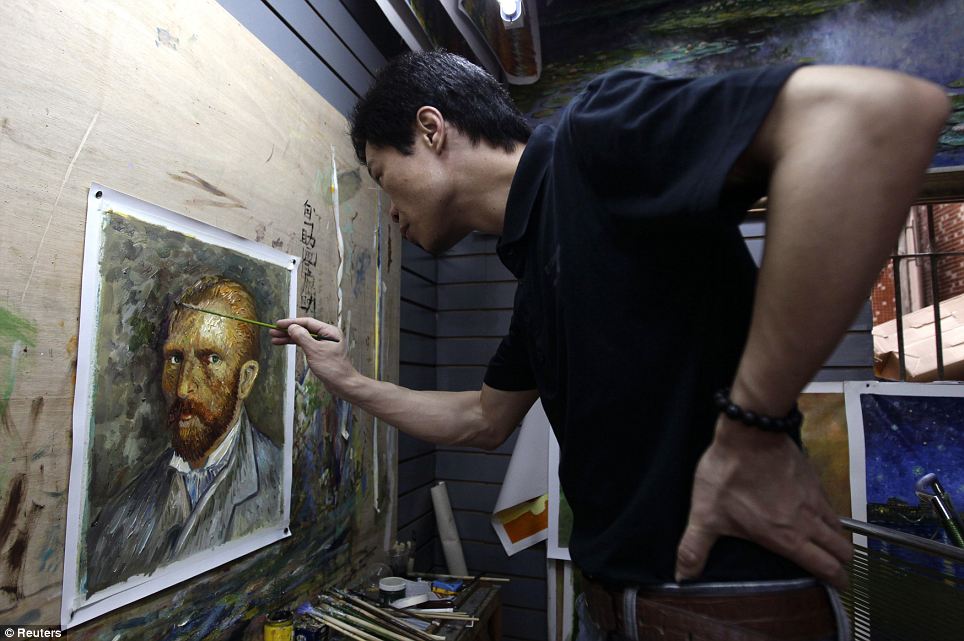
So, that is the basis of the bureaucratic and historical reasoning behind this plight of almost accepted counterfeiting, but what of the everyday principles and processes behind the counterfeiting activities. Talking to one buyer in the US, it became clear that he as a business man had no real issue in travelling to the Chinese mainland to visit art fairs, where (as he put it) every type of image was copied and up for sale. We are all so very familiar with that little sign that appears on almost every product, stating “made in China”, that it almost becomes a norm. But the truth of the matter is that this is a starting point to the whole issue of counterfeiting. So many companies see the possibilities in making excess profit from the idea of manufacturing at low-cost in China, that it opens up well the possibilities in potential roll-on counterfeiting from the exact same people manufacturing the originals. If there is such a lapse regime in place regarding copyright laws, and it’s hard for westerners to chase infringers in the communist state, then it only seems naturally clear that a commercial base that has a very low income for a great deal of it’s workers would jump at the opportunity to make some extra money by looking the other way. In this report, from the Associated Press (which appears in the Guardian), it seems that companies are even getting wise to the fact that they are able to even make their own counterfeit products and gain income from reporting them as counterfeits. Such is the degree of lapse control over the method of production in the country.”One of the world’s largest consumer goods companies hired an investigator to track down counterfeit anti-dandruff shampoo in China, the AP said. But instead of finding real counterfeiters, the investigator, Wang Yunming, set up a factory to produce counterfeit shampoo himself, which he then “seized” and billed to the firm as a successful raid, according to two employees involved in the investigation who spoke on condition of anonymity for fear of losing their jobs.”
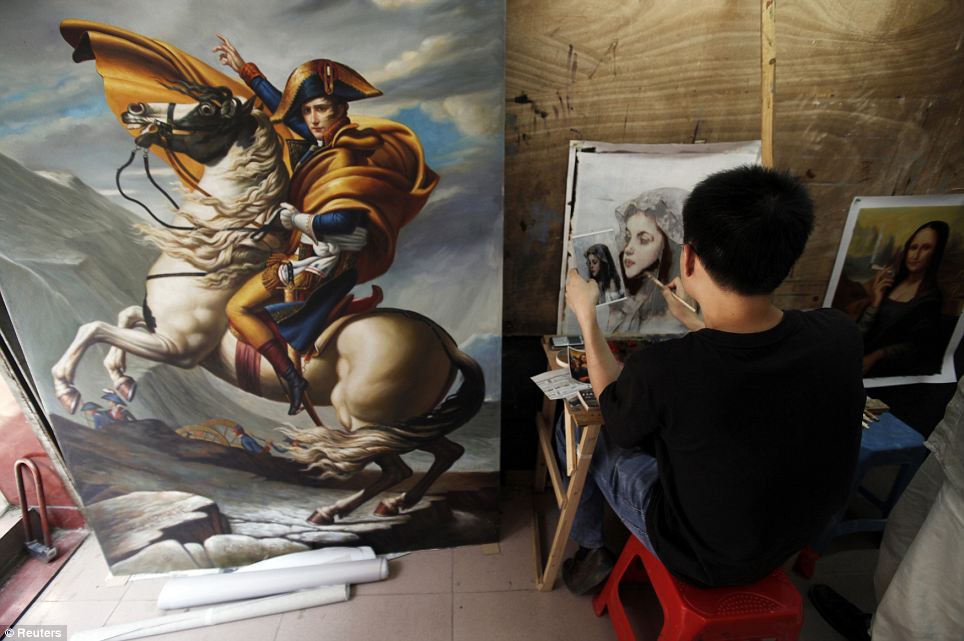
But what about art? How does this fair in a global market and at the centre of production in the counterfeiting haven. Based on what the American art dealer stated, some extra research was carried out, and it was discovered that because of these lapse laws in infringement enforcement a village arose outside of Shanzhai, China named Dafen. It fast became known as the centre of art painting. Mainly due to it’s situation, artists could find cheap accommodation and be part of a culture that was focused around art. Even today, Dafen is known widely and is even touristically highlighted, as a cultural art centre of Chinese painting. Early on in it’s development Dafen had a more sinister aspect. It was a counterfeiting centre to a great deal of art. The young people desperate to make money in a poor economy were literally churning out replicas (almost hard to distinguish to an untrained eye) of works like Van Gogh, Monet, Titian and so forth, on a factory production level. Artists here manufacture some 60 per cent of the total global volume in such knock-off canvases, according to the China Daily. Many of the artists are trained in the required techniques at Chinese art academies.
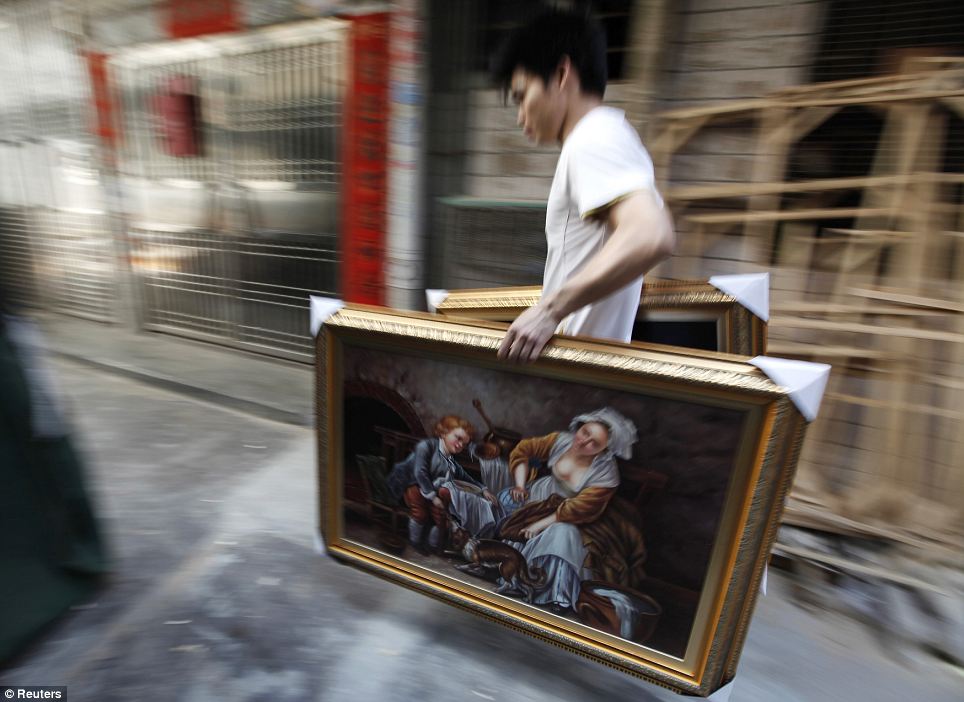
Many articles have declared that things are changing at Dafen village. That the low economy in western countries is driving buyers away from this market, and the increasingly growing economy in China is allowing the local Chinese market to flourish. Stating that the need to counterfeit in Dafen is actually decreasing. However, many other sources seem to say another thing. One of which is their own website, which is sprayed with countless counterfeit art pieces, which sell for some ridiculous price of $60. With this global shift, in real reproductions (counterfeited oil paintings), the Chinese market for counterfeiting skills takes on another angle; they have discovered the internet. This has now taken on a sinister aspect to the whole process. Where as Dafen village had trained (if not misguided) artists making real art for sale in the counterfeit theatre, the internet has provided a market for opportunists rather than poor creatives to steal. The combination of lapse copyright laws, iron curtains, cheap labour and the DMCA, China’s growing millions can see the internet as a field of wealth that can be harvested under the anonymity of internet practices, and using the Western, and local platforms) to sell to a global market at a fraction of Western production costs. Cutting out the costs of prettification due to the ease of stealing art of the web. The manufacturing costs are low, and the reason many westerners go to China, so all-in-all, the country is a goldmine of opportunity to a new generation that is weak on skill but strong in technical piracy.
So, to conclude. The main reason to why China is a exemplary example of counterfeiting is due to the fact that global trade is a catalyst in the methodology behind their unscrupulous practices. When China was literally behind an iron curtain, things were a lot better for Western creatives. As soon as global trade help soften the curtain and the party line of making money, China has embraced the powers that the west has provided. Should we blame ourselves, or should we seek a stronger plan of attack regarding these matters of non-unilateral enforcement of copyright and IP laws? Does it really matter? Do the hands of commerce strangle the life from any creative that wises to see the internet as a platform to make money? All in all, it really does become a joke when the people who are ripping the livelihoods from western artist make a name as counterfeit artists, as a social exhibition criteria it makes you wonder if anyone really gives a damn about originality over popularity. Better to be a famous theft and a nameless artist?
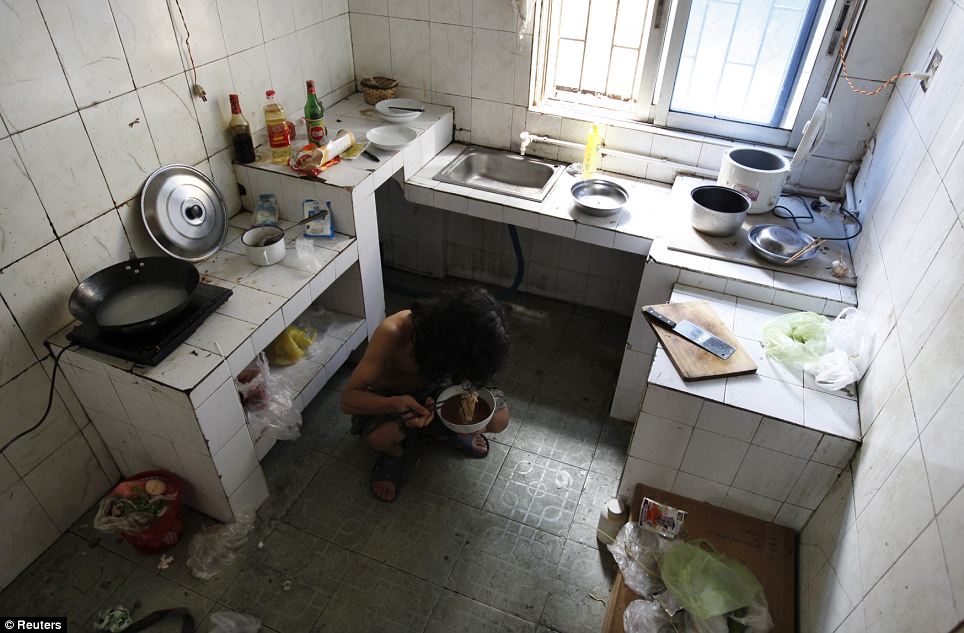
Some additional articles of interest:
The Chaos and The Craftsmanship of Shenzhen – Dafen Oil Painting Village
China’s oil painting village feels global shift
China’s Art Factories: Van Gogh From the Sweatshop
The Insanely Lucrative World Of Fake Chinese ‘Masterpieces’

